Skip to Content
- 主頁
- 關於
- 服務
- 常見問題
-
最新消息
- Phishing Alert: 您的帐户已被黑。数据被盗。了解如何重新获得访问权限。
- Changing Password & Email Alias & @Link Opt-in Service Maintenance on 6 Jan Evening
- Security Alert: Google Chromium Out-of-Bounds Memory Access Vulnerability (CVE-2025-14174)
- DUO 2FA Self-Service User Portal Maintenance on 18 December 7:00AM – 8:00AM
- Phishing Alert: 请求一次交易
- 支援
